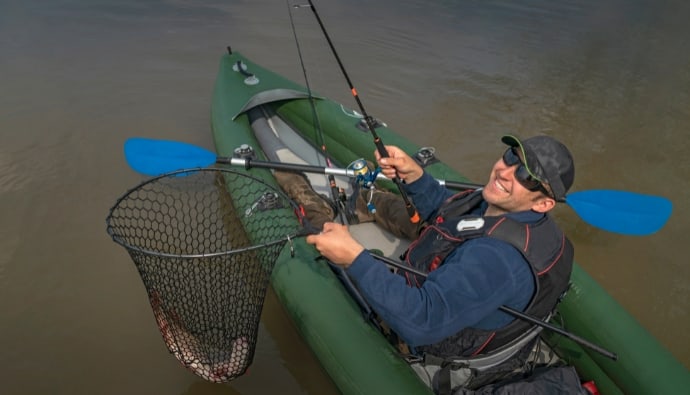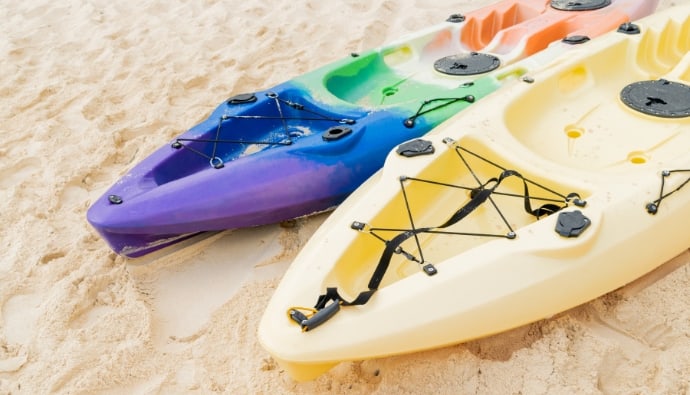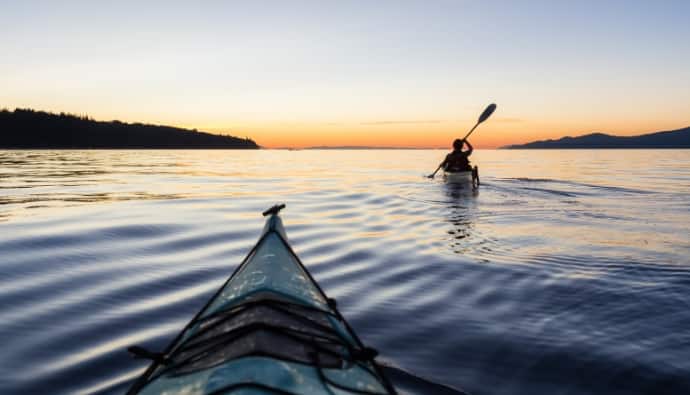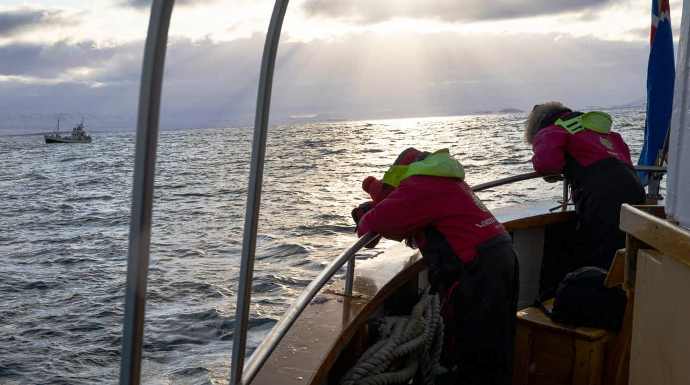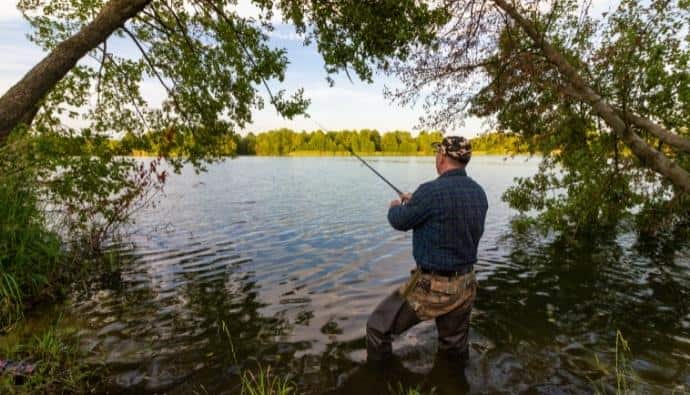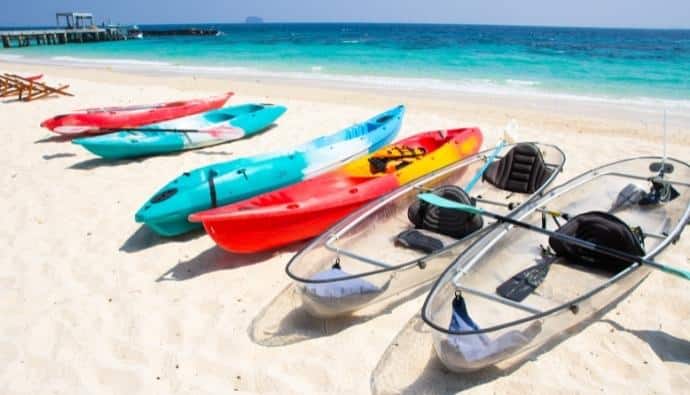Are you interested in kayak fishing for redfish in your local waters? One interesting fact that few people know about redfish is that they can jump out of water! This could pose challenges for a kayak fisherman due to line snaps or popped hooks. In this guide, we cover what we’ve learned to land these fun fighting fish from the kayak successfully.
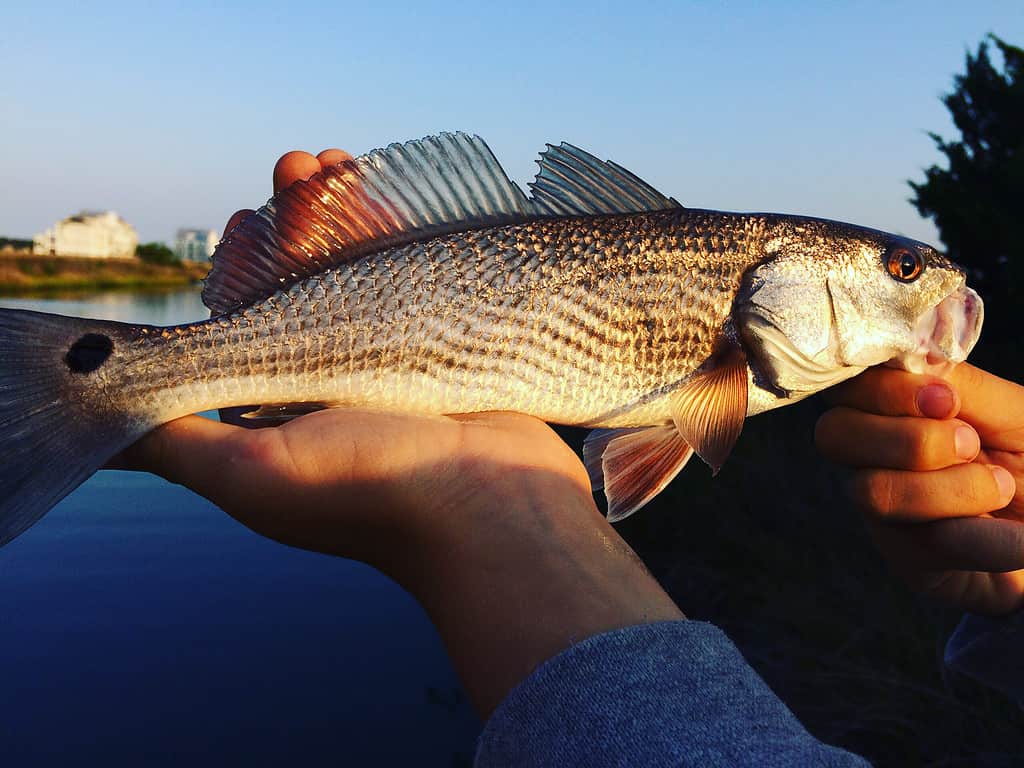
Where to Find Redfish?
Redfish or red drums, or puppy drums were rare during the 1970s. But, due to the Coastal Conservation Association, they’re able to thrive.
You can now see them in the coastal shallows of Massachusetts to Mexico. They forage along the bank, so you can catch them there. Or you can fish deep from the bow of a kayak.
In addition, redfish are found around the Gulf Coast area to the East Coast of North Carolina. And they are also visible in the boundary of the Atlantic Coast.
Shallow waters are where redfish thrive. And the only way to go fishing for them is through a single-person fishing vessel such as kayaks or fishing canoes. Though sometimes, they do head to deeper water.
When to Go Redfish Kayak Fishing?
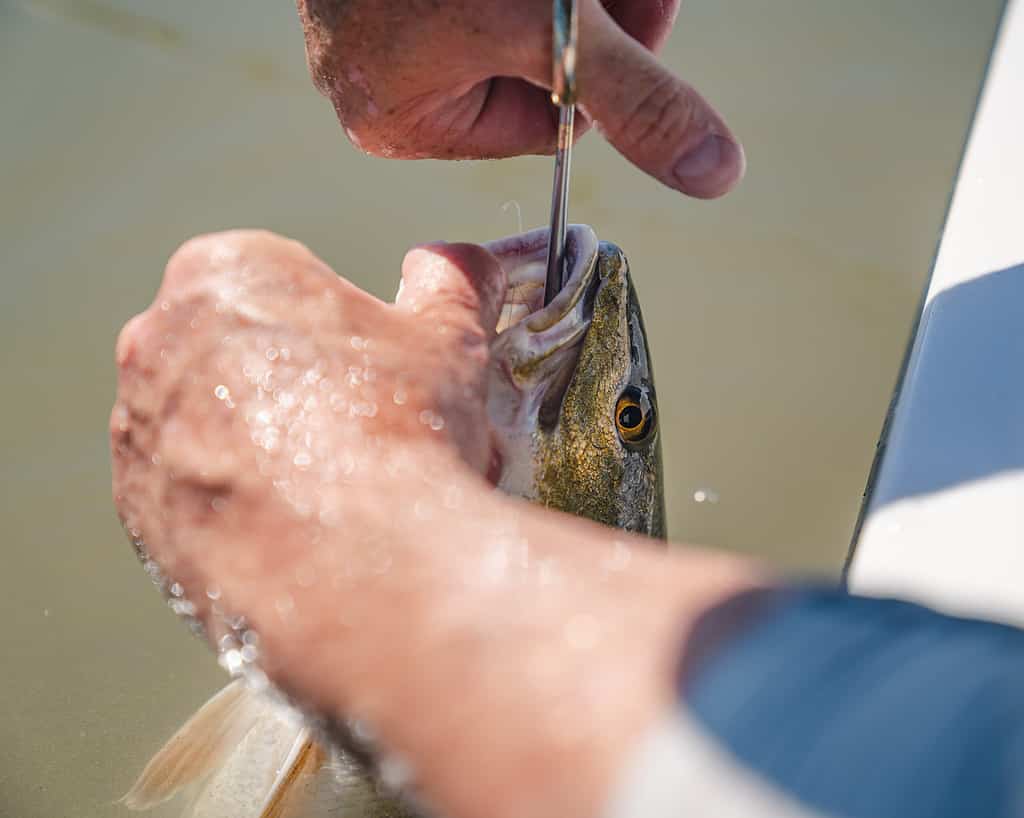
The best time to look for redfish is when the high tide crests. When the water comes up and floods the marsh grass, the redfish love it. It allows them to forage fiddler crabs, shrimp, and small baitfish.
However, at low tides, the grass flats are too shallow for redfish to maneuver comfortably. Still, they are full of crustaceans and small fish.
Kayak Fishing Gear
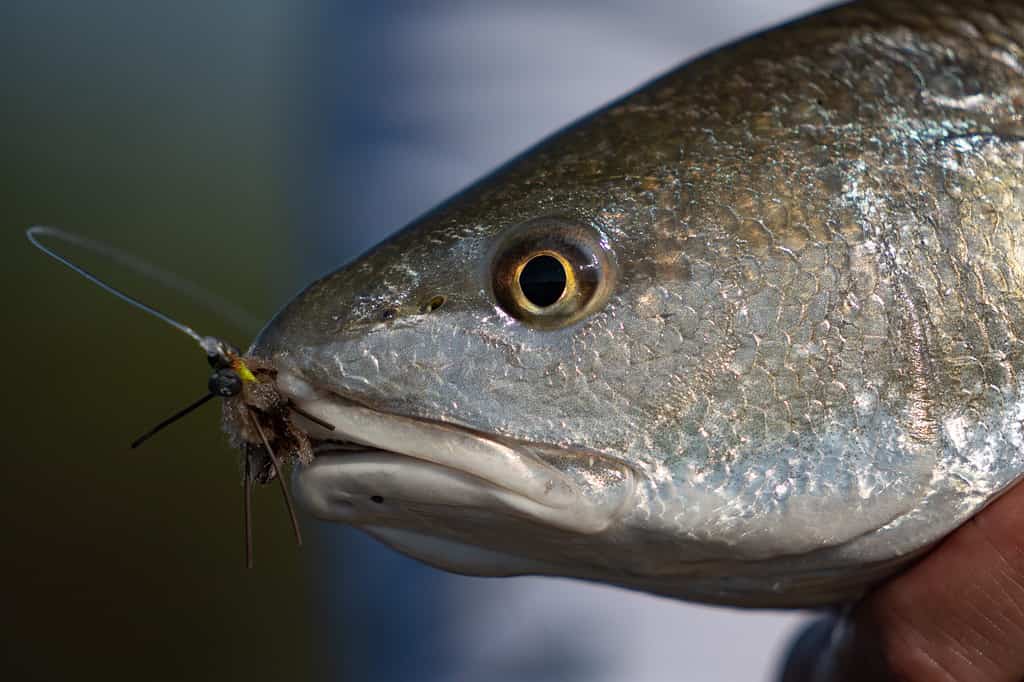
Catching redfish is no easy task because they are of the larger fish family. They weigh around 45 to 50 lbs. So how can you catch redfish this size? Through the use of the best gear!
So here are some gears for you to consider:
Gears, Tackle, and Lures
The preferred equipment you can use to target redfish in a kayak is a spinning reel. A 2500-size-spinning reel with a seven-foot medium action rod is the best fishing gear you can use. The reel is spooled with a 10-lb braid and a five ft section of 15lb fluorocarbon.
If you are new to fishing in a kayak, selecting lures can be overwhelming. So it is best to research or ask a local tackle shop. While natural bait is the most effective, you can use scented soft plastics like the Powerbait.
Other Equipment
Before heading out with your kayak, there are a few items that you must bring with you, including:
- fishing sunglasses
- fishing pliers
- kayak fish finder
- utility life jacket
Make sure that your things are all set before going kayak fishing so that you can enjoy your time out there.
Best Water Temperature for Kayak Fishing Redfish
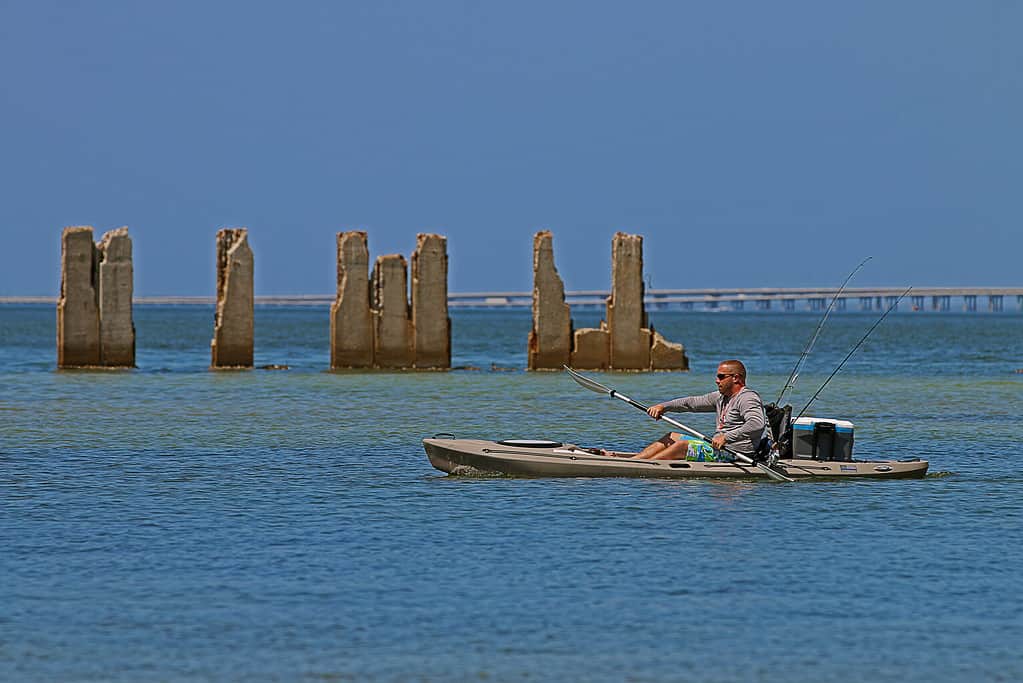
The ideal time for redfish fishing would be during colder water temperatures. Once they grow and mature, they tend to go inshore in the winter.
When it is low tide, the temperatures are cold. Redfish tend to pile up in the deeper bayous and dead-end canals. Tailing reds near oyster beds or drop-offs can be a boon for kayak anglers.
They tend to move to more shallow water for warmer days, so look for them in lagoons, ponds, and bays.
4 Ways to Catch Redfish from Kayak
Finding redfish takes time and patience, so consider slowing down when kayak fishing. The fish will eventually show themselves by swirling around on prey or putting their tails out of the water.
But you can try different techniques for catching redfish. Here are some of them:
Chasing Birds
The most effective way of catching the fish is sight fishing. For redfish, use rubber swimbaits or topwater plugs. Once you see birds flocking and bait balls splashing, it indicates that they are feeding redfish. Chase those birds and take advantage of them.
Sight Casting
Shallow flats redfish are wary, so be stealthy and use a light line. Stand on the kayak to sight fish better. Soft plastics, artificial lures, and spoons are the go-to lures for sight casting.
Other anglers go for casting a white Clouser minnow light tackle. Soft plastic such as swimbaits and jerk baits rigged on a jig head or under a popping cork. Those are enough for sight cast without cut bait or live bait.
It is also good to also consider the tide, the wind trajectory, the speed of the fish, and the boat speed before casting the lure.
Soaking Bait
Soaking bait is also a good way to catch a pan-sized fish. Anglers prefer live bait over artificial ones for inshore fishing. They’re kayaking on the flats while soaking their baits.
Local bait shops can offer you a dead mullet, a live shrimp, or a blue crab. As for me, I prefer live shrimps because they are fully active and kicking.
Trolling
Trolling is another technique you can use when sight fishing, and soaking baits can’t catch you a fish. Trolling your spoon or swimbait will allow you to cover more ground if the fish are hard to find.
It needs work on a kayak, but you can find many redfish trolling behind your kayak in the end. To start, you can troll along the bank and then run parallel passes out toward it. Next, drop- off, and once the rod jumps, reel it in and make another pass.
Cooking Tip: Once you have your catch, check out our guide on how to fillet redfish!
Safety Tips
Kayak fishing can be dangerous if you’re not careful.
Before launching your kayak, make sure you check the weather conditions. Give your location and plan for the day to someone responsible so they can call for help if you don’t return home by a certain time.
Always carry with you a radio that’s fully changed. Know how to use it. Also, wear a personal flotation device and carry an EPIRB.
Lastly, bring enough food and water because kayaking can be exhausting, especially in the hot sun and in bad winds.
Final Thoughts
Anglers who are new to the sport tend to focus on finding a secret spot to fish. But it will depend on the time and place.
Once you are familiar with the tide and location, it won’t take long before you land redfish. But remember, it also takes observation skills and a lot of patience to catch one from your kayak.




 Facebook
Facebook YouTube
YouTube